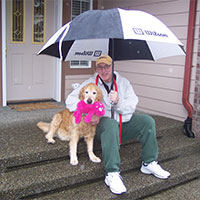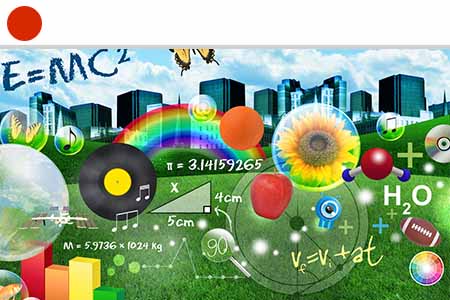Welcome to Our Red Wagon Chemistry for High School Course
How does a campfire burn, and where does the soot come from? Red Wagon Chemistry for High School provides this answer and more! Students get a comprehensive high school chemistry course as they work through the video lessons, questions to answer, experiments, and tests. They begin by learning to convert units and move into atomic theory, physical vs. chemical changes, chemical reactions, how atoms and molecules interact, energy storage and release, and more.
Important Notice (Posted October, 1 2025): This course has been licensed through May 31, 2026. Access will end promptly on June 1, 2026. Please plan your school schedules accordingly.
Steve Rosenoff, award-winning science teacher, lesson designer, and curricula author, leads online classes that reach maximum student capacity annually. To access these courses through SchoolhouseTeachers.com, use his exclusive discount code for significant savings on your annual membership.
Stay organized and confident in your homeschool journey with the Homeschool Records Center and Schoolhouse Gradebook. Simplify record keeping, track progress, create transcripts, and meet state requirements with printable tools and expert guidance—all in one convenient place.
Red Wagon Chemistry
for High School
*Ultimate Membership Only*
Length: 16 modules/32 weeks
Content type: Text and video
Grade: 9–12
Steve Rosenoff
There are 118 reasons this chemistry poster is elemental for your homeschool!
Related Classes You May Enjoy


























































